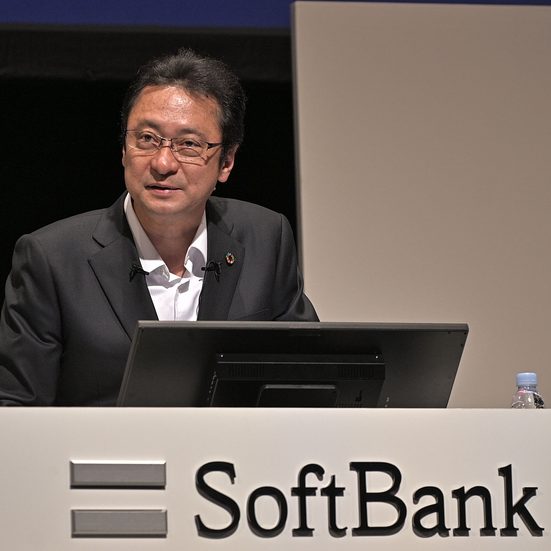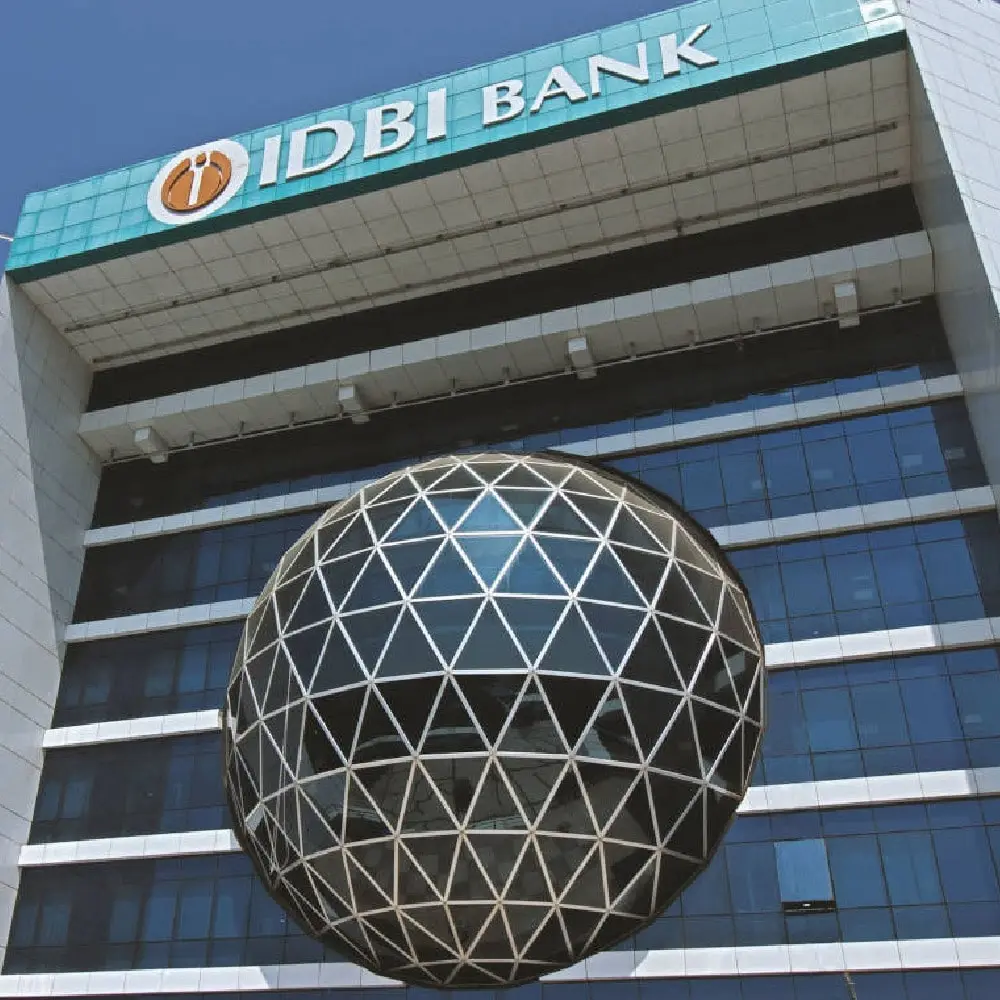Overview
HDFC Bank Ltd recently announced its financial results for the September quarter, marking its first earnings report since the completion of its $40-billion merger with parent company, Housing Development Finance Corp. Ltd, on July 1. This milestone has made it challenging to draw direct comparisons with year-ago figures, but the bank’s performance surpassed analysts’ expectations.
Impressive Profit Surge
The bank reported a remarkable 51% jump in net profit for the quarter ending on September 30, with earnings rising to ₹15,976 crore compared to ₹10,605 crore during the same period the previous year. This performance exceeded the anticipated ₹14,120 crore, according to a Bloomberg survey.
Challenges in Net Interest Margin
While the bank’s net profit exhibited substantial growth, its net interest margin (NIM) contracted from 4.1% in the previous quarter to 3.6% by the end of September. During a conference call with investors in September, the bank’s management had foreseen this narrowing of NIM due to a buildup of liquidity required for the merger. Srinivasan Vaidyanathan, the bank’s Chief Financial Officer, attributed a 25-30 basis point reduction in margin to this liquidity buildup, but remained optimistic that over time, as deposits replace borrowings, the margin would begin to improve.
Robust Core Income and Advances
The bank’s core income surged by 30% to ₹27,385 crore during the September quarter, in comparison to ₹21,021 crore in the previous year. Advances experienced substantial growth, reaching ₹23.54 trillion by the end of the quarter, a 58% increase primarily attributed to the merger. Deposits also expanded, reaching ₹21.72 trillion by the end of September. Vaidyanathan expressed confidence that the bank would continue focusing on adding ₹1 trillion in deposits each quarter. Notably, the current and savings account (Casa) ratio dropped to 37.6% of total deposits compared to 42.5% in the previous quarter.
Strong Performance in Other Income
The bank reported significant growth in other income, which includes fees and commissions. It reached ₹10,708 crore at the end of September, in contrast to ₹7,596 crore during the corresponding period in the previous year.
Non-Performing Assets (NPAs) and Provisions
The bank’s gross non-performing assets increased to ₹31.57 trillion by the end of September, compared to ₹18.3 trillion during the same period the previous year. As a percentage of total assets, gross NPAs stood at 1.34% at the end of September, up from 1.17% at the end of June. Net NPAs as a percentage of total assets also increased to 0.35% as of September 30, compared to 0.3% in the June quarter.
The management attributed the increase in NPAs to the restructuring of ₹5,000 crore of its wholesale loan book from HDFC Ltd in the second quarter. According to Vaidyanathan, approximately 22 basis points of the 1.34% gross NPA is derived from the former HDFC non-individual book, which is currently performing. However, it is classified as an NPA due to RBI’s guidelines.
Provisions in Perspective
The bank’s provisions totaled ₹2,903 crore by the end of the September quarter, a decrease from ₹3,240 crore during the same period the previous year.
Market Reaction
Following the earnings report, HDFC Bank’s shares experienced a modest decline of 0.4% to ₹1,529.5 on the market.
Conclusion
HDFC Bank’s impressive financial performance for the September quarter, marked by a substantial profit surge, robust core income, and challenges in net interest margin, underscores its resilience and adaptability amidst a significant merger. The increase in NPAs due to loan book restructuring and reduced provisions compared to the previous year provide insights into the bank’s financial health and future prospects.














